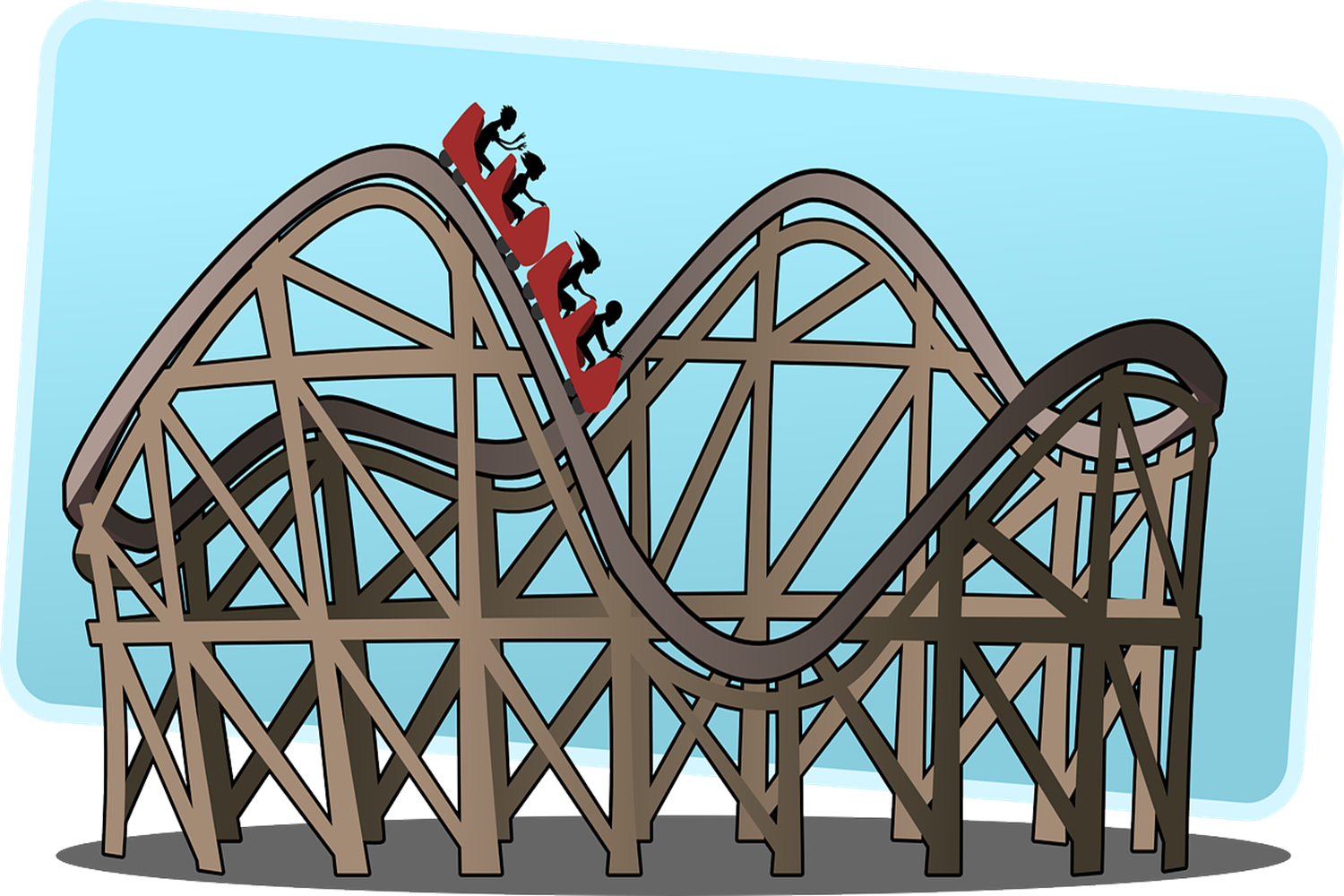The first time I saw a roller coaster—and not in the positive way—my heart skipped a beat. The massive steel construction loomed in the horizon like a terrible monster with its twisted loops and deep drops calling anyone to challenge it. Full with vitality and swagger, my friends were already singing with expectation. They talked about the thrill, the rush, and how the sheer adrenaline of it all would be the most unforgettable experience. On the other hand, I developed a knot of anxiety in my stomach. Not sure if I should grasp the plunge or run away.
Having visited amusement parks earlier, the roller coaster was a new sort of worry. It was not akin to the slow, moderate ferris wheel or the safe carousel. No, the roller coaster was a beast that defied logic, flinging its riders far above the ground at fast speeds simply to crash them into almost unthinkable valleys with no control over the outcome. Questions tore over my mind: What if I fall? What if the harness breaks? Should I find myself unable of breathing?
Laughing and berating me, my friends pushed me to stop being a scaredy-cat. Smoking as they entered the long line for the ride, one of them asked, “You’re not going to let a little fear stop you, are you?” I could feel the pressure building. Though I didn’t want to be the one to chicken out, I wasn’t sure if I could get past the worry that clutched my chest.
After what felt like hours of inner conflict, I at last decided I couldn’t cope with the thought of being the odd one out. My hands were moist and my heart was racing harder than any of the roller coaster’s twisting turns. I exhaled slowly and joined the line. My worry was not as strong as my curiosity, and it was that—what would it actually feel like—that propelled me forward?
As we reached the door, I could hear the coaster twirling above me. The first car shot passed with a deafening shriek; then, the passengers on it started screaming. My knees started to weaken, but I pushed myself to go another step. Over the great rush of wind and the mechanical clanks of the ride’s rails, I could hardly hear my friends, but they were all talking furiously. When we reached the front, I saw there was no turning back.
I watched the riders’ faces a mix of exhilaration and terror as they linked themselves into the tight, restricting harnesses. “It’s fantastic!” “You’re going to love it!” one of my friends exclaimed to me. But their comments had no effect in calming the storm of fears inside me.
I halted at last my turn to get on the coaster. Turning to glance at the ride operator, who nodded reassuringly, that just made the worry worse. Sensing its cool, metallic sheen, I grabbed the safety bar and forced myself down. As soon as I settled in, I started to really feel powerless. There was no escape. Once the harness latched into position, it imprisoned me. The ride operator looked over everything, and soon I was softly being hauled up a steep incline.
As we climbed further higher, I began to feel vertigo. Though it was not what caught my eye, the view from the top was breathtaking—an endless expanse of the park below, with people moving like microscopic ants in distance. No, it was the terrible concept of what would happen. My gut churned over, my breath stopped in my throat, and my palms started to sweat frantically.
The coaster crested the top then. Time seemed to pause for just one moment. Everything was quiet, as though the earth had stopped to let me properly see what was going to happen. And we dropped without notice as well.
I yelled out.
The roar tore out of me as my body plunged into freefall—a primordial, guttural sound. My heart felt as though it were in my mouth; my stomach a tangled mess of knots. The biting, cold wind ripped my hair into my face as the coaster swiped down, twisted around loops, and turned on a dime. Time did not allow one to think through or absorb what was happening. I joined the journey only for this.
Then odd things started to happen. As we twirled around the air, the worry started to fade and I felt as though I would lose control of my own mind. There was an amazing surge in place. I realized I was laughing—not smiling—the dread that had grabbed me so tightly began to come free. Having survived the initial fall, I was laughing since, in the craziness of it all, I was still here, still alive.
We started the second loop and I could hear my friends screaming and laughing with me. I felt unvarnished freedom pouring over me. Though it never disappeared, the worry evolved into something else—an adrenaline-fueled thrill equal in intensity to the horror.
As we neared the end of the ride, the roller coaster slowed and then stopped quietly. Though I was short of breath and my pulse was still pounding, I wore an uncompromising smile. My legs were shaking as I unbuckled the harness, but triumph took front stage instead of anxiety.
I had openly faced my anxiety, survived it. The roller coaster turned out to be a lesson in overcoming my own limitations rather than merely a trip through thrills. My curiosity had brought me to face something I never knew I could handle, and the pleasure I had at the end was sweeter than I had ever dreamed.
That day I realized maybe the most horrific situations could also be really gratifying ones. Not merely a ride—scary, erratic—but also a metaphor for every challenge in life, the roller coaster was unforgettable. And I knew then and there I was ready for anything lied ahead.
(Image by OpenClipart-Vectors from Pixabay)
Also read:
The 80% Charge Conundrum: Does Apple’s New iPhone 15 Battery Setting Really Extend Battery Life?



